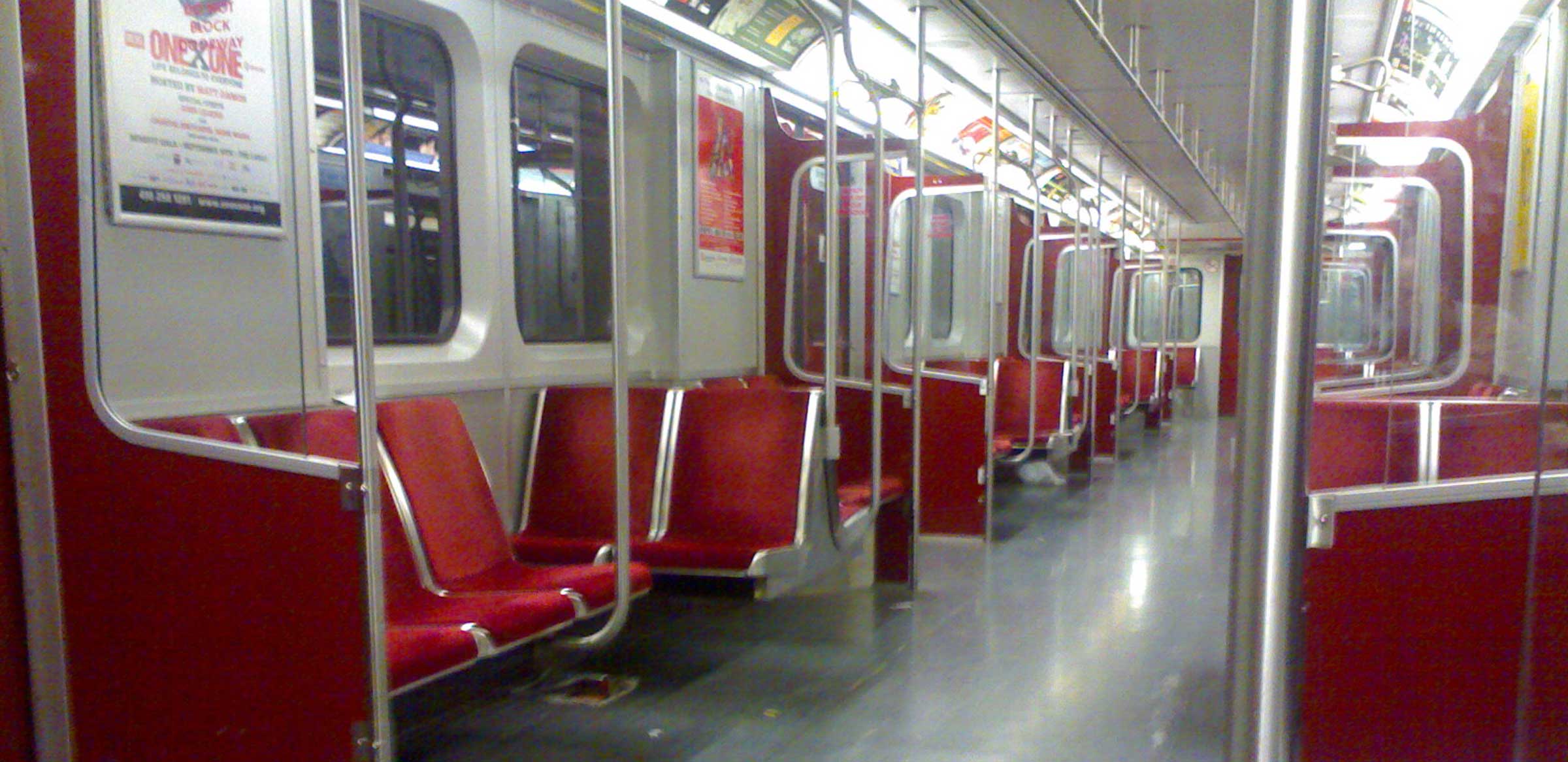
Ridesharing services like Uber and Lyft might be contributing to a decline in public transit riders.
In its Ridership Growth Strategy (RGS) 2018-2022 Preliminary Report — published on December 11th, 2017 — the Toronto Transit Commission (TTC) cited a UC Davis study suggesting that fewer people were using public transit as a result of ridesharing services.
According to the TTC report, “46 to 61 percent of ride-hailing trips are net new or replacing transit, walking or cycling.”
The report also went on to cite Uber data suggesting that there are two million Uber trips in the Greater Toronto Area (GTA) per month, with an average wait time fewer than five minutes.
Additionally, there are approximately 40,000 Uber trips to and from a TTC terminal every month.
Overall, the TTC reported that its adult ridership has descreased the most, with 25 million fewer adults riders between 2014 and 2017.
Additionally, adult Metropass sales are down 15 percent.
Interestingly enough, however, the TTC’s ridership growth between 2015 and 2017 has actually increased by 0.2 percent, in comparison to other cities across Canada and the U.S.
With the introduction of newer ridesharing platforms like InstaRyde and Lyft, the TTC plans on recalibrating its service offerings to provide better services to a changing market.
Source: TTC
MobileSyrup may earn a commission from purchases made via our links, which helps fund the journalism we provide free on our website. These links do not influence our editorial content. Support us here.


